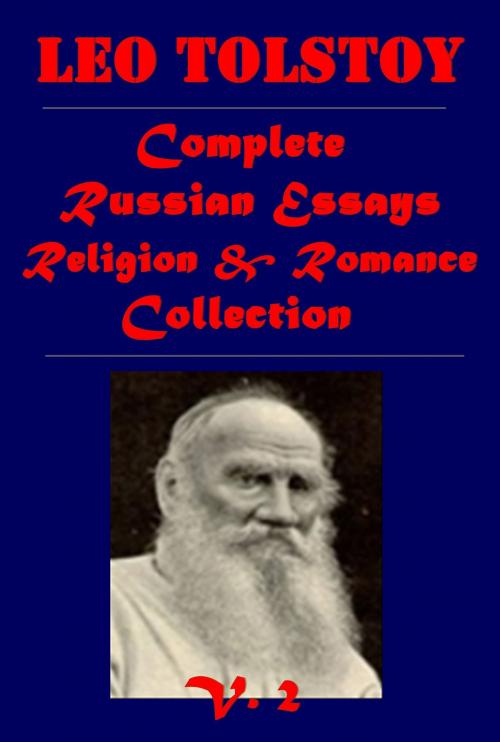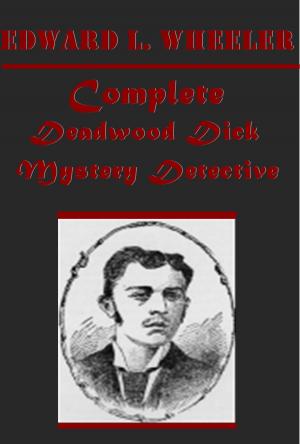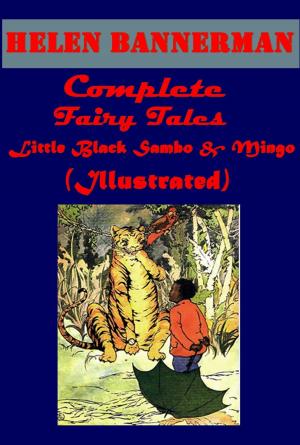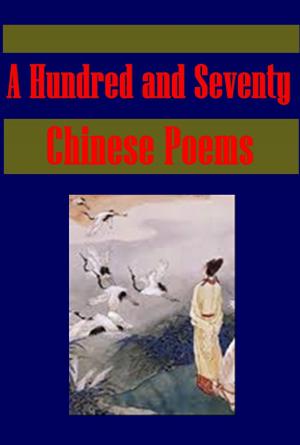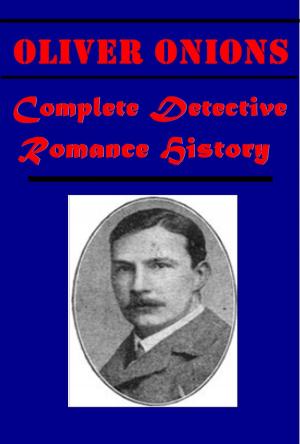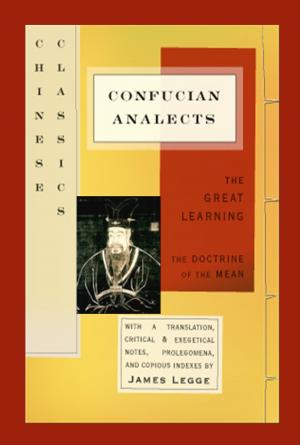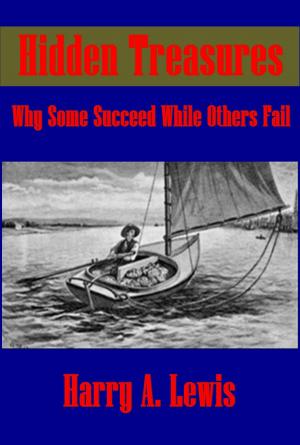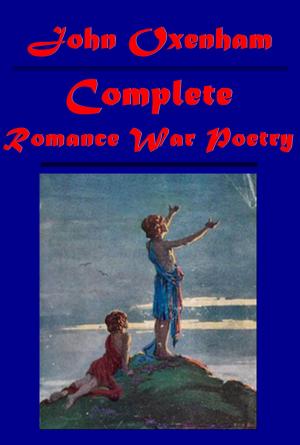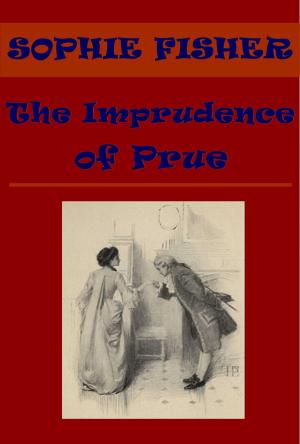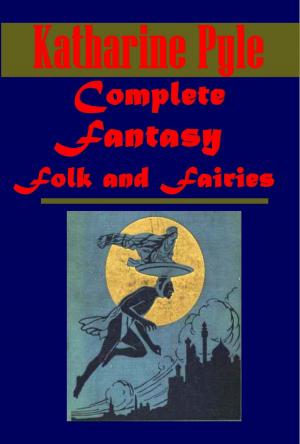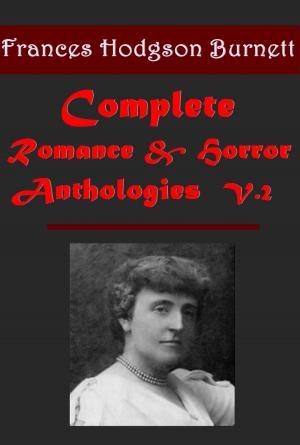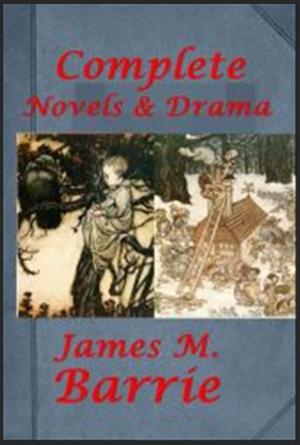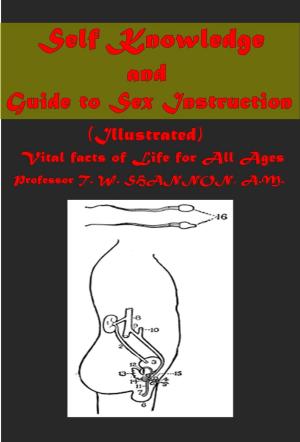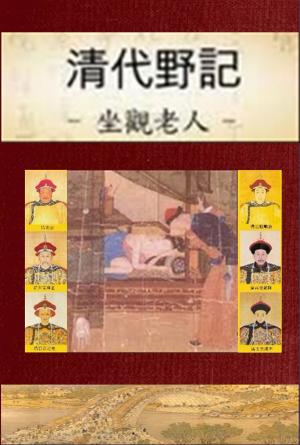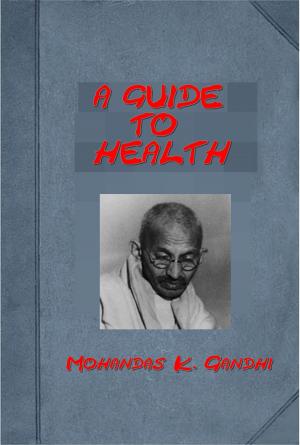Complete Russian Essays
Fiction & Literature, Essays & Letters, Essays, Religious, Romance, Contemporary| Author: | Leo Tolstoy | ISBN: | 1230000271093 |
| Publisher: | AGEB Publishing | Publication: | September 29, 2014 |
| Imprint: | Language: | English |
| Author: | Leo Tolstoy |
| ISBN: | 1230000271093 |
| Publisher: | AGEB Publishing |
| Publication: | September 29, 2014 |
| Imprint: | |
| Language: | English |
A Russian writer who primarily wrote novels and short stories. Tolstoy was a master of realistic fiction and is widely considered one of the world's greatest novelists. He is best known for two long novels, War and Peace (1869) and Anna Karenina (1877).
The Kingdom of God Is Within You, were to have a profound impact on such pivotal twentieth-century figures as Mohandas Gandhi[1] and Martin Luther King, Jr.
Includes an active table of contents for easy navigation.
Contents
The Kreutzer Sonata, and Other Stories (1889)
A Letter to a Hindu (1908)
The Light Shines in Darkness (1919)
The Live Corpse (1919)
Master and Man (1895)
On the Significance of Science and Art (1887)
The Power of Darkness (1919)
Redemption and Two Other Plays (1919)
Resurrection (1899)
Thoughts Evoked By The Census Of Moscow (1887)
Tolstoy on Shakespeare, A Critical Essay on Shakespeare (1906)
War and Peace (1869)
What Men Live By and Other Tales (1918)
What Shall We Do? Or, What Is to Be Done? (1886)
What to do? Thoughts Evoked by the Census of Moscow (1887)
Where Love Is There God Is Also (1887)
Youth (1856)
Resurrection (1899)
It is a sombre but tremendously powerful novel touching upon many tragedies and problems of life in the Russia of to-day. It shows the genius of "Anna Karenina" blended with a more mature comprehension of human life and character. The "Great Master of the North" has written in "Resurrection" a harrowing yet absorbing story with all his old fervor, and with a deeper and more searching spiritual understanding. The theme is that of a woman's life weighed down and well nigh extinguished by the most terrible misfortunes and tragedies, but finally, through the power of love, resurrected and made new. (Translated by Mrs. Louise Maude.)
War and Peace (1869)
The novel tells the story of a number of aristocratic families and the entanglements of their personal lives with Napoleon's invasion of Russia. As events proceed, Tolstoy systematically denies his subjects any significant free choice: the onward roll of history determines happiness and tragedy alike. (Translated by Aylmer and Louise Shanks Maude.)
What Shall We Do? Or, What Is to Be Done? (1886)
What Is to be Done? (sometimes translated as What Then Must We Do?) is a non-fiction work by Leo Tolstoy, in which Tolstoy describes the social conditions of Russia in his day. Tolstoy completed the book in 1886, and the first English language publication came in 1887. The title was also used for two better-known works by Nikolai Chernyshevsky and Vladimir Lenin.
Where Love Is There God Is Also (1887)
"Where Love Is, God Is" (sometimes also translated as Where Love Is, There God Is Also) is a short story by Russian author Leo Tolstoy. The title references the Catholic hymn Ubi Caritas. One English translation of this short story as translated by Nathan Haskell Dole uses the alternate title translation of "Where Love Is, There God Is Also".
A Russian writer who primarily wrote novels and short stories. Tolstoy was a master of realistic fiction and is widely considered one of the world's greatest novelists. He is best known for two long novels, War and Peace (1869) and Anna Karenina (1877).
The Kingdom of God Is Within You, were to have a profound impact on such pivotal twentieth-century figures as Mohandas Gandhi[1] and Martin Luther King, Jr.
Includes an active table of contents for easy navigation.
Contents
The Kreutzer Sonata, and Other Stories (1889)
A Letter to a Hindu (1908)
The Light Shines in Darkness (1919)
The Live Corpse (1919)
Master and Man (1895)
On the Significance of Science and Art (1887)
The Power of Darkness (1919)
Redemption and Two Other Plays (1919)
Resurrection (1899)
Thoughts Evoked By The Census Of Moscow (1887)
Tolstoy on Shakespeare, A Critical Essay on Shakespeare (1906)
War and Peace (1869)
What Men Live By and Other Tales (1918)
What Shall We Do? Or, What Is to Be Done? (1886)
What to do? Thoughts Evoked by the Census of Moscow (1887)
Where Love Is There God Is Also (1887)
Youth (1856)
Resurrection (1899)
It is a sombre but tremendously powerful novel touching upon many tragedies and problems of life in the Russia of to-day. It shows the genius of "Anna Karenina" blended with a more mature comprehension of human life and character. The "Great Master of the North" has written in "Resurrection" a harrowing yet absorbing story with all his old fervor, and with a deeper and more searching spiritual understanding. The theme is that of a woman's life weighed down and well nigh extinguished by the most terrible misfortunes and tragedies, but finally, through the power of love, resurrected and made new. (Translated by Mrs. Louise Maude.)
War and Peace (1869)
The novel tells the story of a number of aristocratic families and the entanglements of their personal lives with Napoleon's invasion of Russia. As events proceed, Tolstoy systematically denies his subjects any significant free choice: the onward roll of history determines happiness and tragedy alike. (Translated by Aylmer and Louise Shanks Maude.)
What Shall We Do? Or, What Is to Be Done? (1886)
What Is to be Done? (sometimes translated as What Then Must We Do?) is a non-fiction work by Leo Tolstoy, in which Tolstoy describes the social conditions of Russia in his day. Tolstoy completed the book in 1886, and the first English language publication came in 1887. The title was also used for two better-known works by Nikolai Chernyshevsky and Vladimir Lenin.
Where Love Is There God Is Also (1887)
"Where Love Is, God Is" (sometimes also translated as Where Love Is, There God Is Also) is a short story by Russian author Leo Tolstoy. The title references the Catholic hymn Ubi Caritas. One English translation of this short story as translated by Nathan Haskell Dole uses the alternate title translation of "Where Love Is, There God Is Also".
